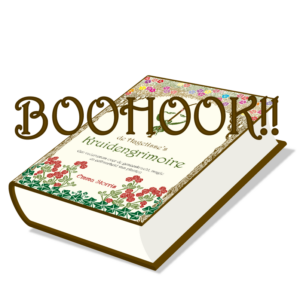
In the Netherlands, where I come from, cardiovascular disease is the number two cause of death. In other Western countries, it will probably be the same. Nature has given us several plants that can help with these types of ailments.
The one I am going to describe in this monograph is many people’s favourite: the common horse chestnut, Aesculus hippocastanum. Not just because it is such a beautiful tree to have in your garden, but also because of the wide range of things you can do with it.
The medicinal properties of horse chestnut are quite specific. This plant works on blood vessels and therefore has an effect on all kinds of related disorders, such as thrombosis, venous congestion and unwanted bleeding. Horse chestnut has this effect on the cerebral and central vascular system, but especially on the peripheral vascular system.
Mind, these kinds of afflictions are not harmless. So, always consult an expert to investigate the cause of your complaints.
We can partly deduce the magical properties of horse chestnut from the appearance of this majestic tree. For example, the spiky capsules containing the seeds can be used to relieve pain, especially those in joints. And the seed itself, when carried in one’s trouser pocket, raises a man’s libido.
Some others are less obvious. One of those is about the seeds attracting money when used in a talisman.
The horse chestnut is a striking appearance in spring. It can reach a height of twenty to forty metres and blooms profusely, showing off large, sweet-scented racemes. The trunk is sturdy and often twists slightly to the left. When the tree is still young, the bark is smooth and green-brown. It becomes grey-brown and scaly later on.
A striking feature on the branches is the scar left by the fallen leaves. It has the shape of a horseshoe, including the holes through which the horseshoe nails are driven. The twigs are grey or reddish brown with light coloured pores. These twigs carry sticky buds in spring.
The leaves are compound palmate and have five to seven obovate leaf segments. The white flowers bloom in imposing thyrsi at stem apex, composed of racemes with cincinni, which can be up to 30 cm in size. The strong honey-sweet scent of these inflorescences is striking.
The flowers themselves are bilaterally symmetrical and consist of five white petals with a red or yellow spot at the base. After flowering, a capsule develops, which contains one to three shiny, reddish-brown seeds, the so-called chestnuts or buckeyes.
The name horse chestnut has several possible origins. The most obvious seems to be the shape of the scars left by the fallen leaves. They look like horseshoes. However, if you consider that the tree has long been used as feed and medicine for horses, it could just as well be that that is where the name originated from.
In addition to its medicinal and magical uses, you can do other practical things with this tree. You can even do your laundry with the chestnuts!
And when collecting chestnuts, do not throw away the husks. You can use them to dye wool and other natural fibres. They give a nice light brown colour.
Basic membership is free. A plant monograph contains:
It's not allowed to copy content of this website
and view hidden content
